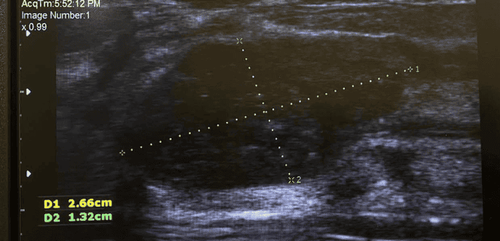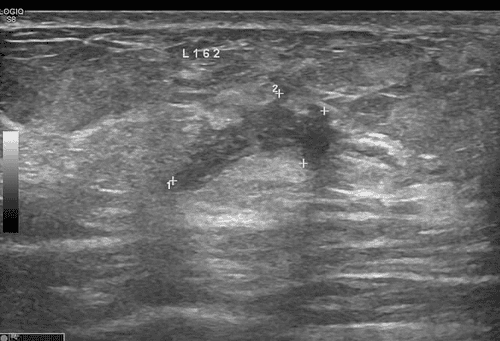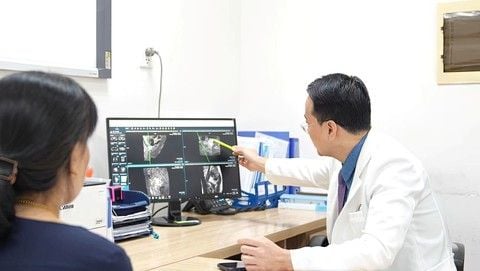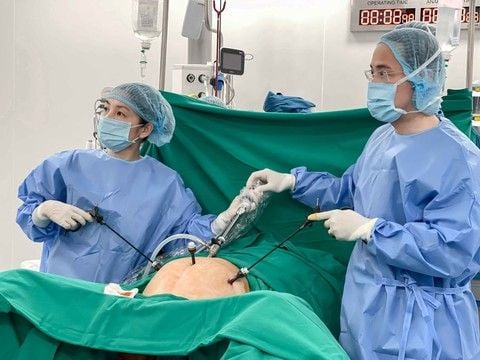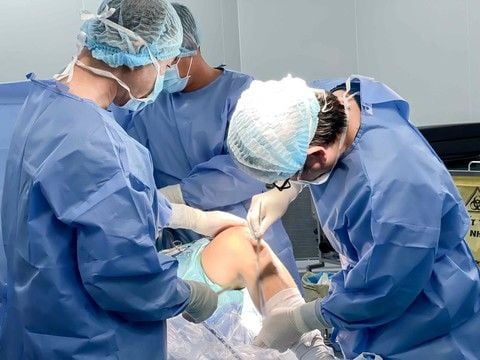
About 5 to 25% of children with epilepsy have cortical dysplasia, one of the main causes of the condition. But this lesion is hard to identify and easy to ignore. As a result, a large number of epileptic cases from this origin go untreated, affecting the child's learning, daily life, and mental and cognitive growth significantly. These instances often persist until adulthood.
Epilepsy-free after surgery to remove cortical dysplasia.
Nguyen V.H. (18 years old) and Hoang T.N. (25 years old), living in Hanoi and Hue, are both individuals with a history of epilepsy since childhood. For approximately 10 to 15 years, they have received treatment at several facilities and have utilized medications yet have been unable to manage their seizures. Patient H. experiences daily seizures, ranging from 10 to maximum 35 seizures per day. Patient N. experiences nocturnal seizures nightly, with additional seizures occurring every 2–3 days during the daytime, totaling up to 10 seizures in a single day.
Upon consultation with epilepsy specialists at Vinmec Central Park International General Hospital, both patients were diagnosed with refractory epilepsy attributed to cortical dysplasia in the left frontal lobe.
Magnetic resonance imaging (MRI) frequently fails to detect cortical dysplasia, a prevalent abnormality in individuals with epilepsy. As a result, the absence of targeted treatment over time has led to a prolonged illness that reduces quality of life.
When identifying the etiology, the physician has some challenges with the lesions responsible for epilepsy being situated near the functional cortex (motor, language, or visual). Extensive excision of the dysplastic cerebral cortex is essential to eliminate all lesions and halt seizures, while ensuring the preservation of language and motor functions. The patient may experience paralysis or loss of speech without meticulous surgical intervention and technology assistance.
Utilizing advanced technologies such as MRI 3.0, navigation, video EEG, and intraoperative neurophysiological monitoring, alongside a team of physicians with extensive training in epilepsy, we successfully identified the etiology and performed the surgery without any complications - Dr. Truong Van Tri, Head of the Functional Neurosurgery Unit at Vinmec Central Park Hospital, stated.
After surgery, both patients have no seizures and return to their daily activities and studies. Patient H. previously experienced 10–20 seizures daily; however, he has been seizure-free for the past 6 months. Prior to the surgery, Patient N. experienced daily seizures, occasionally having up to 10 seizures per day, and has been seizure-free for approximately 2 months post-surgery.
What makes the treatment of epilepsy in children challenging?
Epilepsy damages nerve cells, negatively impacts cognitive and intellectual development, impairs the patient's capacity to learn, work, and maintain independence, leads to injuries from falls, and may result in sudden death due to seizures.
Hippocampal fibrosis is the primary etiology of epilepsy in adulthood, responsible for around 33–66% of cases. In children, the cause is localized cortical dysplasia, affecting approximately 5–25% of individuals. Patients H. and N. previously referenced exhibited epilepsy resulting from cortical dysplasia. The disease manifested in childhood but was neglected. And the etiology remained unidentified, persisting until adulthood.
Vinmec Central Park Hospital has evaluated and identified the etiology of epilepsy in numerous individuals with chronic epilepsy, as these lesions were previously neglected during their visits to medical facilities. The success rate of epilepsy treatment at Vinmec Central Park, with 70-80% of patients being seizure-free post-surgery, is currently comparable to that of epileptic facilities globally.
Please dial the HOTLINE for more information or to book an appointment HERE. Download the MyVinmec App to book appointments faster and manage your bookings easily.
To arrange an appointment, please call HOTLINE or make your reservation directly HERE. You may also download the MyVinmec app to schedule appointments faster and manage your reservations more conveniently.

